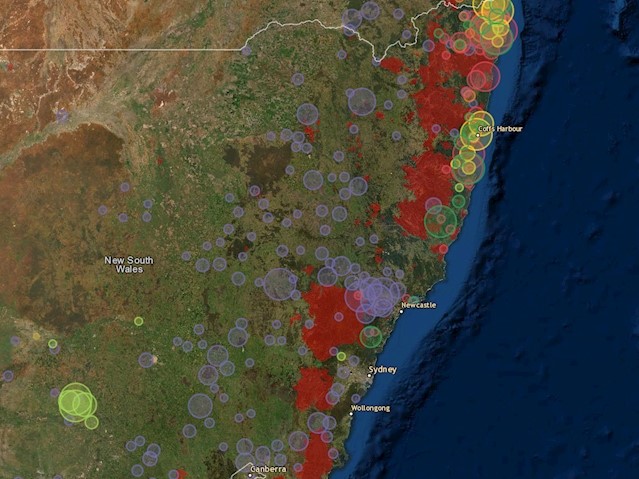Australian horticulture growers are being urged to contribute to the creation of a high-tech mapping tool to improve biosecurity preparedness and natural disaster response efforts.
The National Protected Cropping Map, an initiative being delivered through Hort Innovation and led by the University of New England’s Applied Agricultural Remote Sensing Centre, will capture the location of commercial, polytunnels, shadehouses, glasshouses and permanent nets in every State and Territory of Australia.
Hort Innovation Head of Research and Development Byron De Kock said no comprehensive national protected cropping map currently exists, and this new initiative will significantly help industries.
“A concerning knowledge gap of most Australian agricultural industries is a lack of understanding of the distribution and area of individual crops,” he said.
“Knowing where crops are located supports improved response to biosecurity incursions including the establishment of exclusion zones and the coordination of on-ground surveillance, and for quantifying the area of crops affected following a natural disaster.”
The map – which is being developed with the support of Protected Cropping Australia, Future Food Systems CRC and Greater Sydney and North Coast Local Land Services – will also help growers with production planning.
Protected Cropping Australia Deputy Chair Matthew Plunkett said the industry body is excited about the national initiative.
“Not having an accurate measure of production area can result in highly inaccurate pre-harvest yield forecasts, potentially causing poor forward selling estimates for both domestic and overseas markets,” Plunkett said.
“Identifying the location of specific farming systems also provides essential information around value chains, traceability, transport and market accessibility.”
University of New England project lead Professor Andrew Robson said a similar tool that was created by AARSC with Hort Innovation is already being used by many tree crop industries, providing a useful foundation for this Protected Cropping Area Map.
“This map – built via the integration of industry data, image analytics, ground validation and citizen science – meets Australian mapping standards, is freely available and respects growers’ privacy by not including any personal grower or crop information,” Prof. Robson said.
“This exciting output and collaboration will again raise Australian horticulture as international leaders of the adoption of emerging technologies.”
Future Food Systems CEO David Eyre said the Cooperative Research Centre is also excited about the development of the new map.
“This key strategic initiative will greatly increase industry understanding of the scope and pattern of current production and future opportunities for growth,” Eyre said.
The protected cropping map offers a user-friendly platform that is available online via desktop or mobile devices.
The draft map is scheduled for completion in 2023; however, users can visit the Protected Cropping Systems Survey site to see progress at any time.
Lead image: A detailed map of tree crop plantings in NSW; a new project will develop a similar map of Australia’s protected cropping facilities. Credit: University of New England


